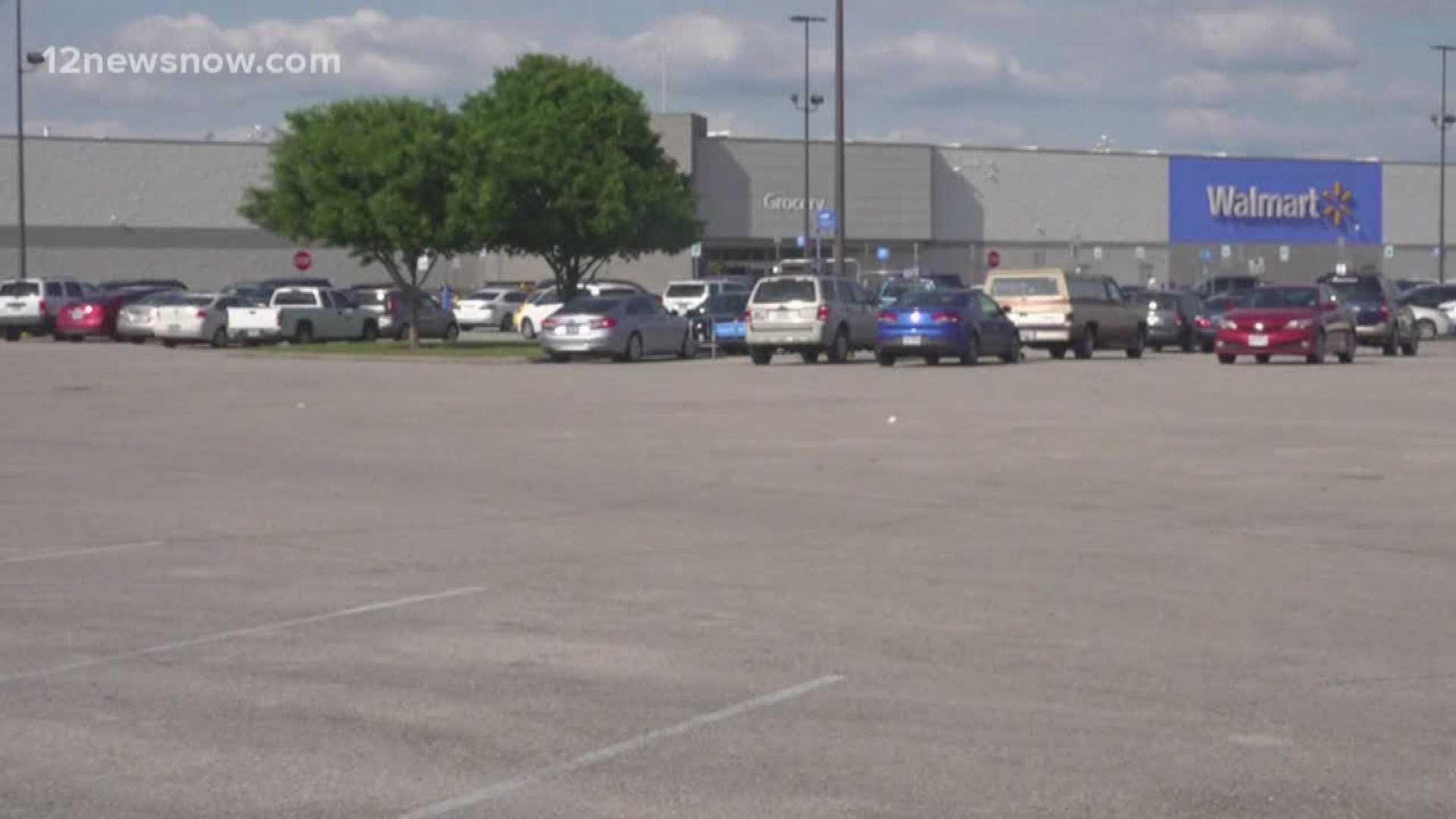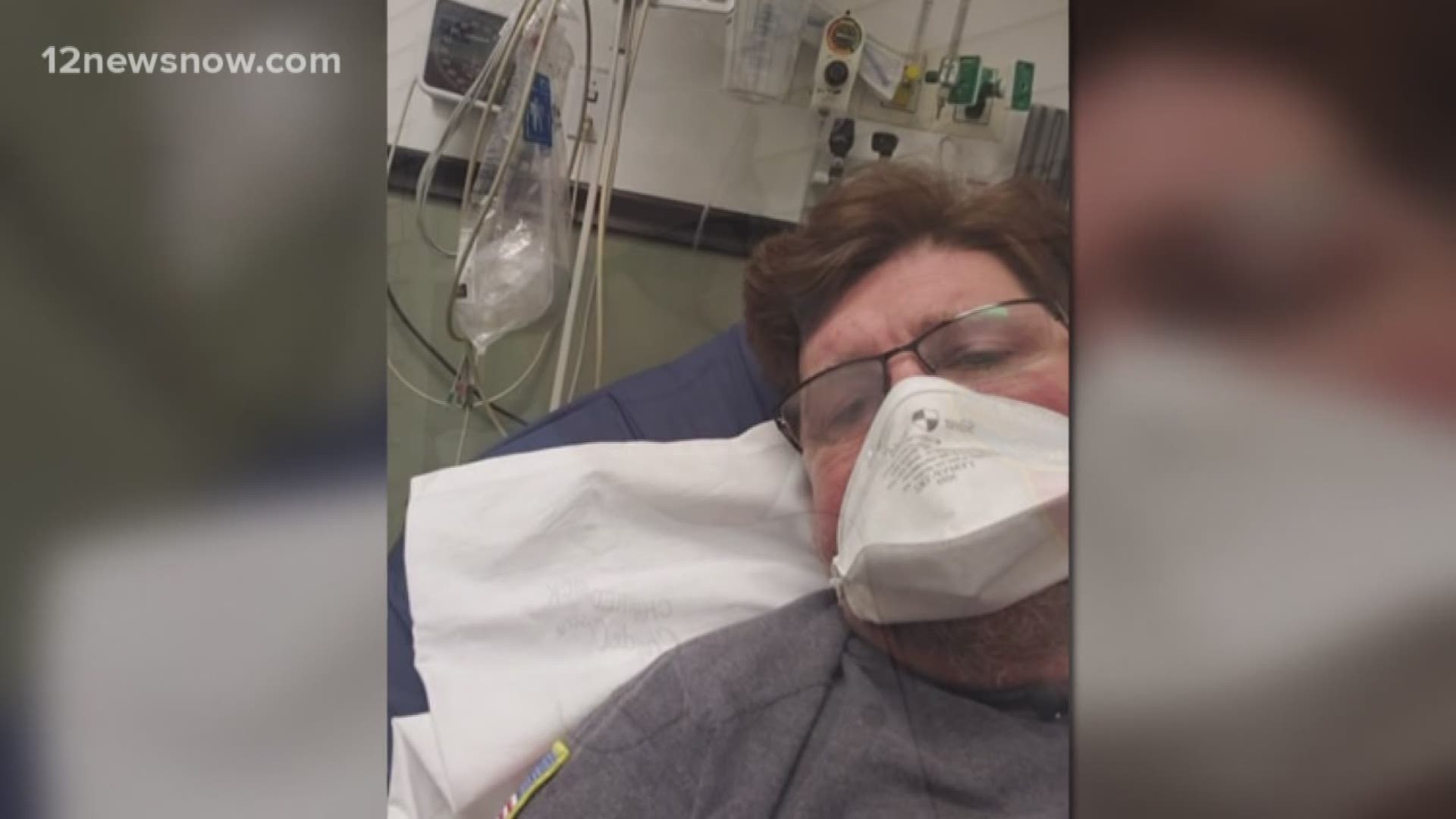WASHINGTON D.C., DC — The next two weeks could be the most important for saving the lives across Texas, and according to one White House coronavirus task force member, limiting your trips to the grocery store and pharmacy could help.
While New York, New Jersey and Louisiana are seeing the worst of the coronavirus cases and deaths, the White House is looking elsewhere to see where the virus could have the biggest impacts next — Texas is one of those places, according to multiple medical experts and epidemiologists.
Dr. Deborah Birx said as much during Saturday's news conference, which included President Donald Trump, Dr. Anthony Fauci and Vice President Mike Pence.
She also said in her statements on Saturday that avoiding trips to the grocery store and pharmacy over these next two weeks could really help flatten the curve of the coronavirus.
"The next two weeks are extraordinarily important," Birx said. "This is the moment to do everything that you can on the president's guidelines. This is the moment to not be going to the grocery store and not be going to the pharmacy – but doing everything you can to keep your family and your friends safe.”
Experts are looking at Texas as one of the next COVID-19 hot spots, warning that an uptick in the virus could soon inundate hospitals.
"I think Texas is going to be the next hot spot. We can already see the cases starting to increase, it is start of an exponential rise," Dr. John Brownstein, an epidemiologist at Boston Children’s Hospital, told ABC News. "Any intervention we do now will take weeks to see the impact."
Dr. Birx's advice for people in these areas is to work hard to follow guidelines from the White House and CDC.
"We're hoping and believing that if people mitigate strongly (continue to practice social distancing) the work that they did over the last two weeks, will blunt that curve and they won't have that same upward slope and peak that New York, New Jersey, Connecticut and Rhode Island are having," Dr. Birx said.
There have been 128 positive COVID-19 tests in Southeast Texas. Three people have died from complications with the virus.
If you are experiencing symptoms such as fever, dry cough, shortness of breath or you believe you have been exposed to an infected individual, you can call the Southeast Texas Regional Operations Center health hotline to be evaluated for testing. That number is 409-550-2536.
SYMPTOMS:
Reported illnesses have ranged from mild symptoms to severe illness and death for confirmed coronavirus disease 2019 (COVID-19) cases, the CDC says.
These symptoms may appear 2-14 days after exposure:
- Fever
- Cough
- Shortness of breath
PREVENT THE SPREAD:
Clean your hands often
- Wash your hands often with soap and water for at least 20 seconds especially after you have been in a public place, or after blowing your nose, coughing, or sneezing.
- If soap and water are not readily available, use a hand sanitizer that contains at least 60% alcohol. Cover all surfaces of your hands and rub them together until they feel dry.
- Avoid touching your eyes, nose, and mouth with unwashed hands.
Avoid close contact
- Avoid close contact with people who are sick
- Put distance between yourself and other people if COVID-19 is spreading in your community. This is especially important for people who are at higher risk of getting very sick.
Stay home if you’re sick
- Stay home if you are sick, except to get medical care. Learn what to do if you are sick.
Cover coughs and sneezes
- Cover your mouth and nose with a tissue when you cough or sneeze or use the inside of your elbow.
- Throw used tissues in the trash.
- Immediately wash your hands with soap and water for at least 20 seconds. If soap and water are not readily available, clean your hands with a hand sanitizer that contains at least 60% alcohol.
Clean and disinfect
- Clean AND disinfect frequently touched surfaces daily. This includes tables, doorknobs, light switches, countertops, handles, desks, phones, keyboards, toilets, faucets, and sinks.
- If surfaces are dirty, clean them: Use detergent or soap and water prior to disinfection.


